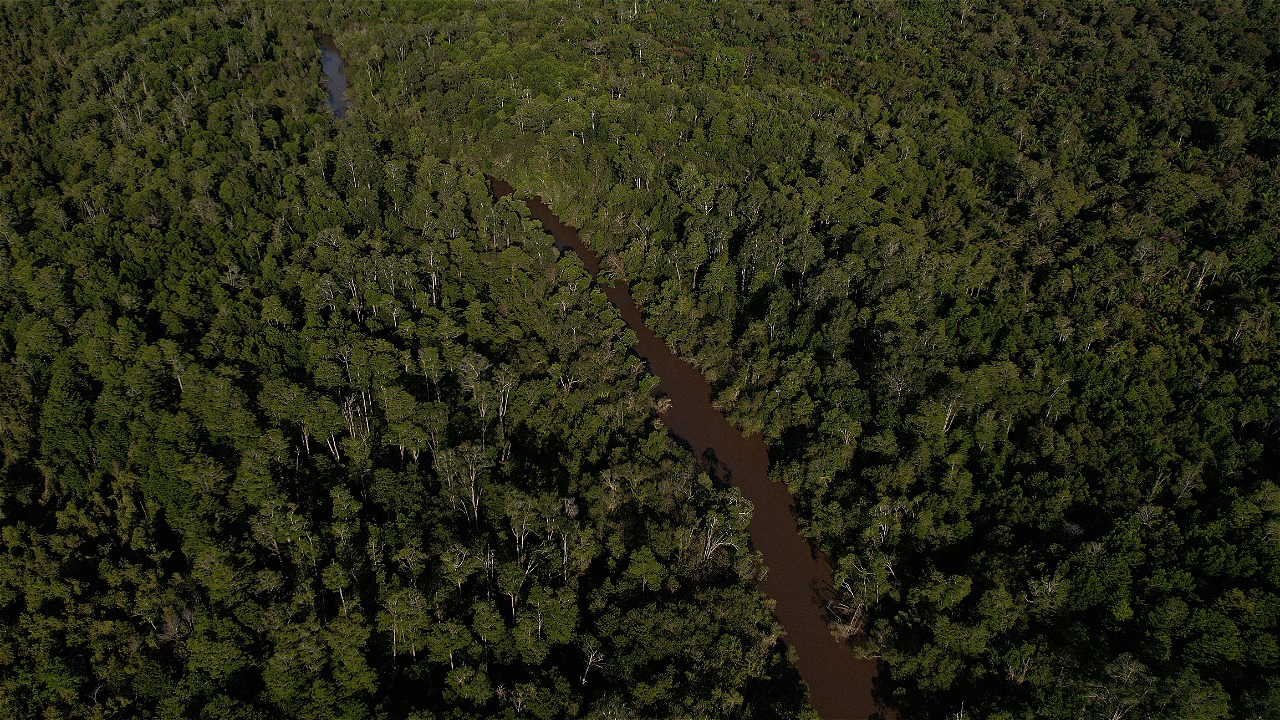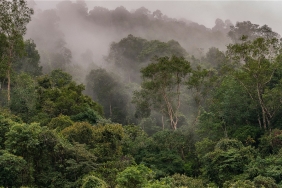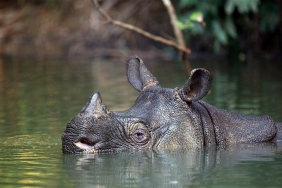GETTING TO KNOW THE FOREST IN THE "LEARNING HOUSE" OF WWF-INDONESIA PAPUA PROGRAM
By: Blandina Isabella Patty (Communication & ESD Officer WWF-Indonesia Papua Program)
Many schools have fieldtrip activities to several places and locations that are related to the subjects in their respective schools. Of the many options, the WWF-Indonesia Papua Program office turned out to be one of the destinations for several schools in Papua to learn and get information related to environmental conservation. They chose the WWF-Indonesia Papua Program office to get to know "Forest and its Ecosystem". Teachers and students who visit to learn together call it "Rumah Belajar".
Towards the end of 2016, the WWF-Indonesia Papua Program office was visited by kindergartens, elementary schools, and high schools in turn, such as SMA YPKK Taruna Dharma, SD Kristen Permata, TK Papua Kasih, and SD Papua Kasih with an average number of students 70-90 children. Usually before visiting, each school sends a notification letter in advance. Each visiting school can also determine what learning topics or information they want to get at the WWF-Indonesia Papua Program office. At the end of 2016, most schools chose the topic of forests. Some of the themes about forests are quite diverse, including "Knowing Forests and Ecosystems", "Cycloop Nature Reserve", and "Forest Conservation Efforts".
Because the visit was an out-of-school activity, the ESD (Education for Sustainable Development) team and Panda Mobile Papua volunteers tried to provide unconventional learning methods. Students and teachers who come to visit get quite interesting materials and information with interactive methods, such as movie screenings, educational games, quizzes, and questions and answers. Sometimes small activities are also carried out so that students can explore the surrounding nature.
The students of SMU YPPK Taruna Dharma, for example, after getting the material about Cycloop Nature Reserve in the office of WWF-Indonesia Papua Program, they were allowed to visit the Cycloop Nature Reserve area to identify the types of plants found in the buffer zone of the Nature Reserve. Incidentally, the location is not far from the WWF office. It only takes about 10 minutes on foot to arrive at the buffer zone of the Nature Reserve. Another example is the students from Papua Kasih Kindergarten who received information about the benefits of forest conservation through videos and short films. They were also invited to explore the nature around the WWF office through a short trip around the office to identify the types of plants in the nursery area of the NEWtress program (WWF-Indonesia tree planting program - Red) which is located in the side yard of the WWF office. The students also got hands-on experience of planting good trees after being given an understanding of how to plant trees.
The tired and happy expressions mixed with a sense of satisfaction were seen on the faces of the students after doing various activities to get to know nature with WWF-Indonesia Papua Program. On this occasion, they received a message about the importance of preserving forests for ecosystems and humans. They were also provided with information about the efforts that can be done by the students as children in helping the preservation of forests with various small actions, for example by saving paper and planting trees in the school or home environment.





